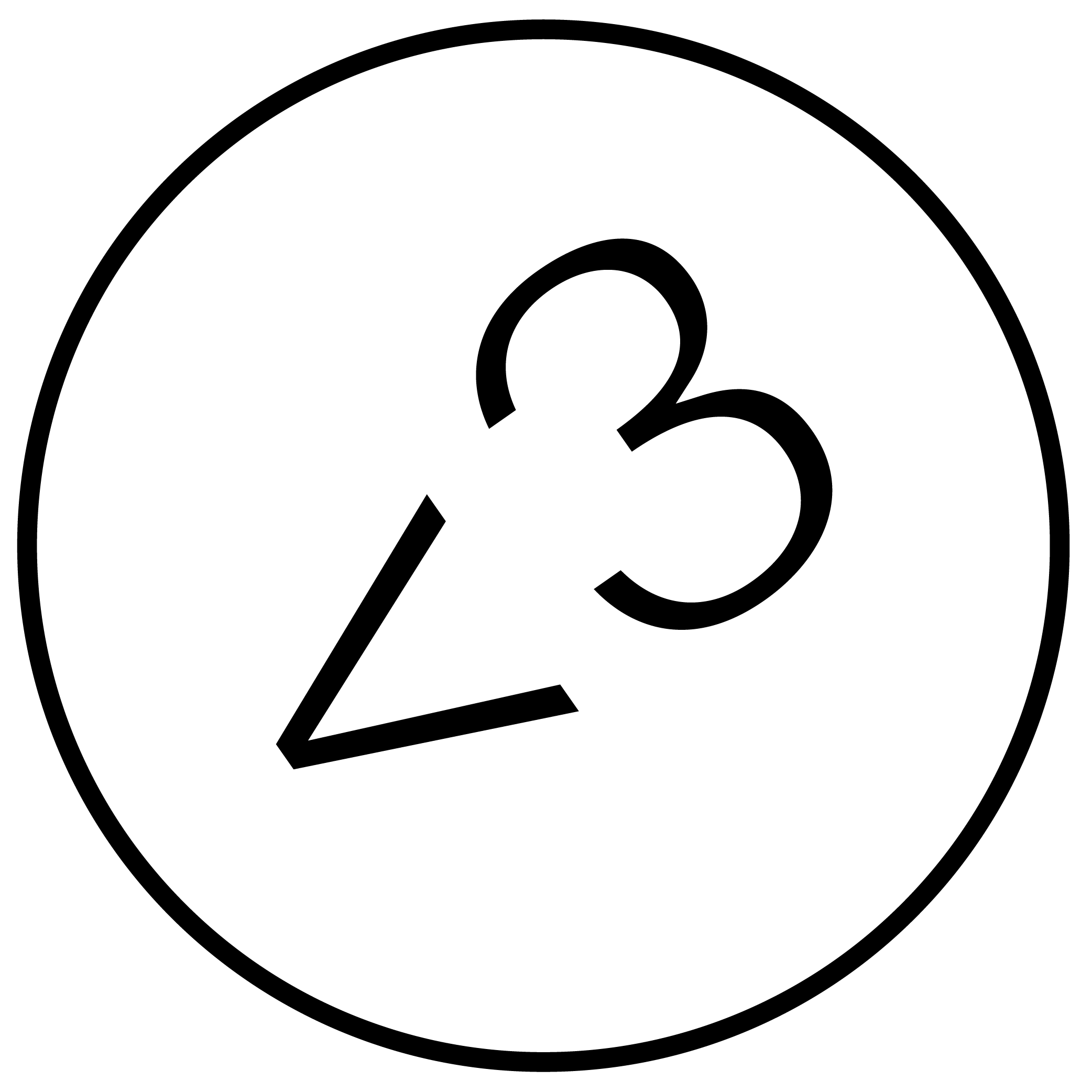The heart of gay West Hollywood, colloquially termed “Boystown” since the 1970s, is a fairly nondescript stretch of Santa
Monica Boulevard, a chic but unassuming collection of fitness supply stores, clubs, and clothing shops. Rainbow lights drape
the trees, and there’s an unusual number of underwear boutiques, but in most respects it’s a normal, even mundane, urban
neighborhood. In the imaginations of gay men across America, however, WeHo takes on a new form: a freewheeling neon
paradise, free of the hate, the self-loathing, and the banality of many gay men’s reality.
West Hollywood began its life as an unincorporated area on the western fringe of Los Angeles, which had a reputation as early as the 1920s as being a booze-friendly, government-wary sanctuary for eccentrics. Casinos and speakeasies sprouted along
the Sunset Strip, outside of Los Angeles city limits and therefore immune to the attentions of the LAPD. For the same reason, gay bars and clubs thrived in the area: the LA County Sheriff’s Department, unlike the LAPD, put little effort towards
policing homosexuality.
As the gay liberation movement took root post-Stonewall, West Hollywood became a magnet for gay people not only in
the Los Angeles area, but from across the country. In the era of “gay ghettos” like San Francisco’s Castro and New York
City’s West Village, West Hollywood’s growing gay scene fit right in with a national trend. Gay clubs proliferated along
Santa Monica Boulevard in an old industrial district ripe for reimagining, and sex gear and fetish wear stores filled in
previously vacant storefronts. West Hollywood was evolving into itself and becoming more legitimate in the process. When
residents of the region voted in 1984 to incorporate as the City of West Hollywood, the first city council was three-fifths
gay.
West Hollywood’s reputation as a “Gay Camelot,” an untraceable yet widely used phrase for the city, has only grown
over the years. WeHo contains only 3% of the estimated 590,000 LGBTQ people in the LA metropolitan area. Yet, WeHo
remains a singular presence in the gay imagination. In a series of interviews, West Hollywood residents and visitors reveal
their personal feelings about the city, describing its allure and its disappointments, the ways it has succeeded and failed to
live up to its premier placement upon the cultural firmament.
To Brent, a 31-year-old Los Angeles resident, West Hollywood represents liberation. He moved to California from Indiana nearly a decade ago, drawn by the promise of freedom and acceptance, and by the seductive allure of Hollywood’s
entertainment industry. When he arrived in West Hollywood, everything was new for him, a far cry from the gay bars he
was used to in Indiana. “Seeing go-go dancers, I was kind of shocked, maybe not shocked, but it was just interesting to
see something so free,” Brent remembers with a laugh. “[In Indiana], everybody’s still so conservative... and like, if you’re
outside, you’re not holding hands, you’re not embracing each other.” West Hollywood, meant a new kind of release, a place
where, for the first time, Brent saw gay people who could “be comfortable with who [they] are, in a public setting... where
people don’t really care what’s going on, they’re just ready to live life.”
Arnie, a 46-year-old graphic designer from Missouri, has been in Los Angeles for 18 years. When asked to describe his feelings about West Hollywood, about its reputation and what it means to him, he has a quizzical glint in his eye. He describes
the weather, the prime location (“30 minutes away from the beach, or an hour away from the mountains”), the practical
considerations of a highly concentrated city center. Yet his tone softens as he begins to describe his experiences with the
community: “You can go [to West Hollywood] and you already have one thing in common with everyone else... It’s nice. It
kinda takes that question out of the whole conversation.” Everybody on Santa Monica Blvd at 1:30 in the morning shares
desires, experiences, traumas, and connections—an instant, potent bond between strangers. WeHo’s appeal for Arnie is
fundamentally practical, but an air of fanciful camaraderie inflects his tone: “This is a nice place that’s easy for everyone to
get to. And then we all walk down the street, together. It’s awesome.”
The bond between strangers that Arnie mentioned, forged by shared experience and shared oppression, became especially
dynamic for Eric, a 28-year-old filmmaker who grew up in Los Angeles. Sitting in a coffee shop on Santa Monica Boulevard, Eric struck a connection through the furtive glances so common to gay life. Glances turned into conversation, and
the two shared a vital moment on the cusp of death: the man had Stage 4 cancer, and his prognosis was grim. They shared
stories and passed a joint from hand to hand. Searching gazes, the kind too vulnerable for the rest of the world, triggering
life-affirming conversations: “Only in WeHo.”
Michael, a 20-year-old student from Ventura County, is more conflicted about West Hollywood. “Even though WeHo has
been around for a while... it feels more just like a Boystown. Very little depth.” Michael’s meaning is clear: despite its age
and reputation, West Hollywood has little interest in history, in community, in radical social change. The images he associates with WeHo are ambivalent, too. Rainbows, colorful drinks. Flashing lights, bleach white teeth, go-go dancers. Lust.
Excitement. Superficiality. Acceptance, perhaps: “In a certain way. I mean, there’s this openness there.” Michael’s disillusionment is palpable. “WeHo is much grander in gay people’s imaginations,” he says with a wry smile. Then again. With a
thoughtful, faraway look in his eye: “I think a place is what you make of it.”

